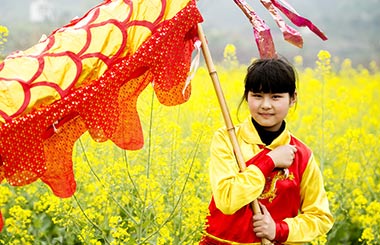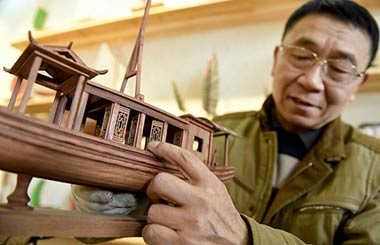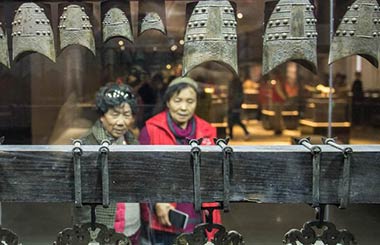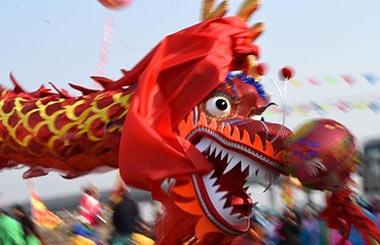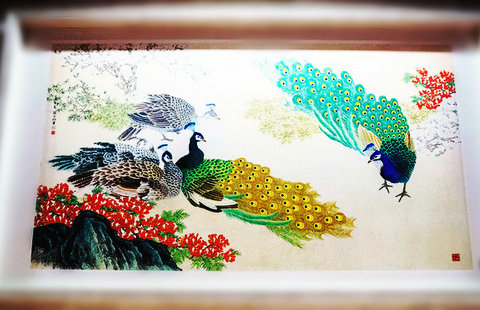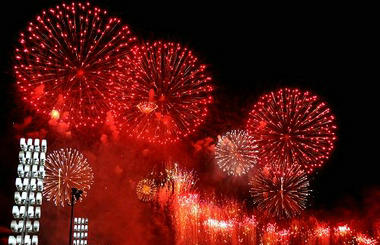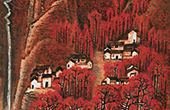Return to roots
By Zhang Zixuan ( China Daily ) Updated: 2012-09-28 09:32:24

An exhibition by 12 of the nation's most prominent landscape painters suggests a return to the tradition of shanshui. Zhang Zixuan reports.
The group exhibition Chinese Spirit features 150 landscape oil paintings from 12 of China's most active landscape painters, revealing the traditional Chinese shanshui (mountains and waters) spirit through Western painting techniques.
All the exhibited paintings are the most recent or representative works of the artists. Views on the canvases vary, ranging from an old cottage in a remote village in Hebei province, to the arched pattern on a cathedral in France's Moret-sur-Loing.
With an average age of 50, the 12 artists have signature painting styles.
Ren Chuanwen, for example, portrays landscapes in hues of dark green. Mountains, trees and houses are organized in a similar way to Chinese ink painting. Zhu Chunlin, on the other hand, cheers up his images by using brighter colors, with additions of white paint.
Duan Zhengqu throws dark, warm and thick colors onto the canvas, forming abstract yet rhythmic shapes to present the vast landscape of Northwestern China.
"Portraying landscapes is like writing a novel, you can fully stretch your imagination and set the mood as you want it. It's the joy of creating," Duan says.
Although varied in styles, all artists agree they have borrowed the spirit of shanshui.
"Western oil painting has been in China for about a century, while Chinese shanshui ink painting has existed for more than 1,500 years," says Yang Feiyun, director of Chinese Academy of Oil Painting and a renowned artist. "Therefore, Chinese artists have been significantly influenced by Chinese philosophy and shanshui when they portray landscapes with oil paints."

As a result, Yang continues, the freehand brushwork and the idea of human-nature harmony - the core of shanshui - are two major themes explored in the paintings. This can be noted in works of celebrated masters such as Lin Fengmian (1900-1991) and Wu Guanzhong (1919-2010), but also in the most recent works of new-generation artists.
Even Cai Guoqiang's avant-garde installations have traditional Chinese elements, Yang adds.
"We fixed our eyes on Western art when China opened up in the 1980s. Three decades later, after we have seen what we wanted to see, it seems that we are returning to Chinese tradition more and more," says landscape artist Wang Kun.
"The integration of Western expressive techniques and Chinese cultural contexts may be a unique path for the development of Chinese landscape oil painting."
Contact the writer at zhangzixuan@chinadaily.com.cn.
|
|
|
|
|
|
|
|

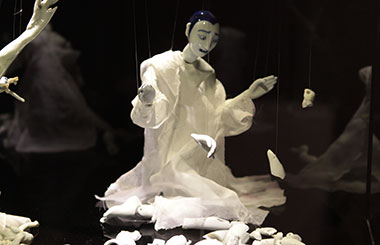

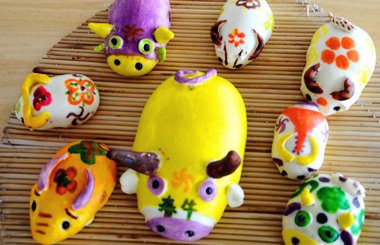

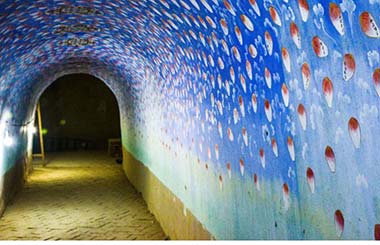
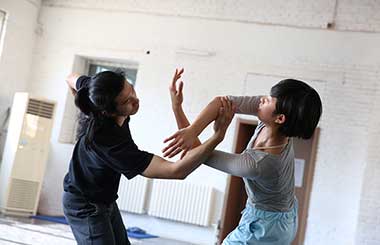





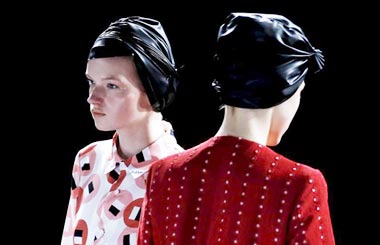
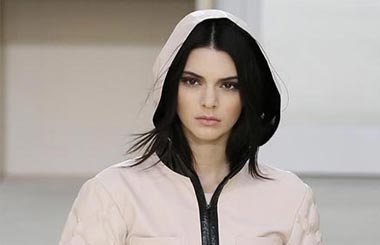

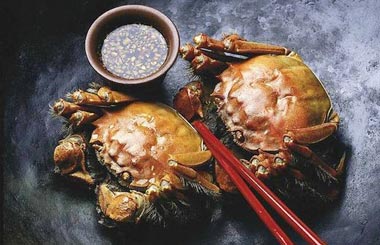
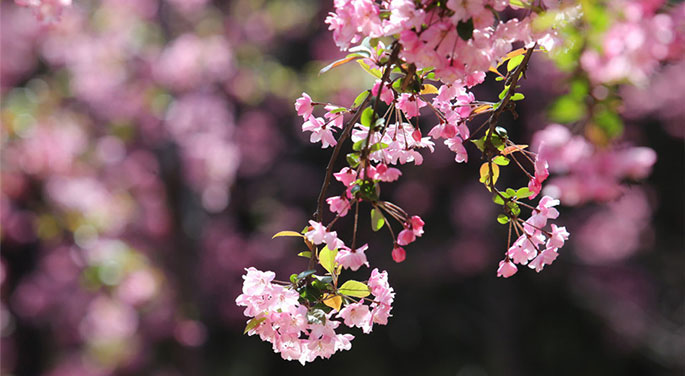
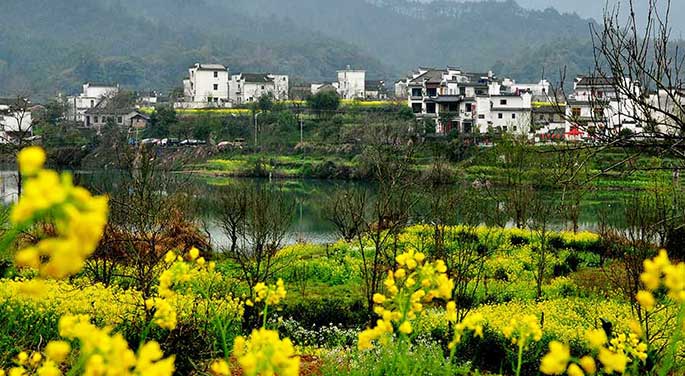
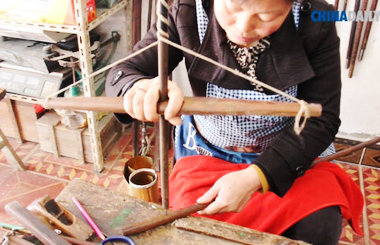
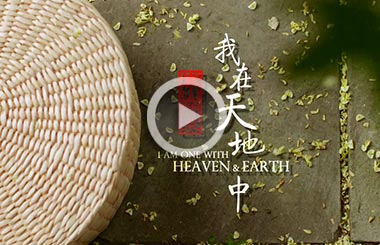
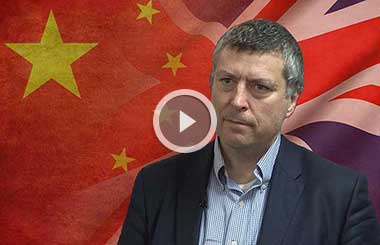
 Raymond Zhou:
Raymond Zhou: Pauline D Loh:
Pauline D Loh: Hot Pot
Hot Pot Eco China
Eco China China Dream
China Dream China Face
China Face
